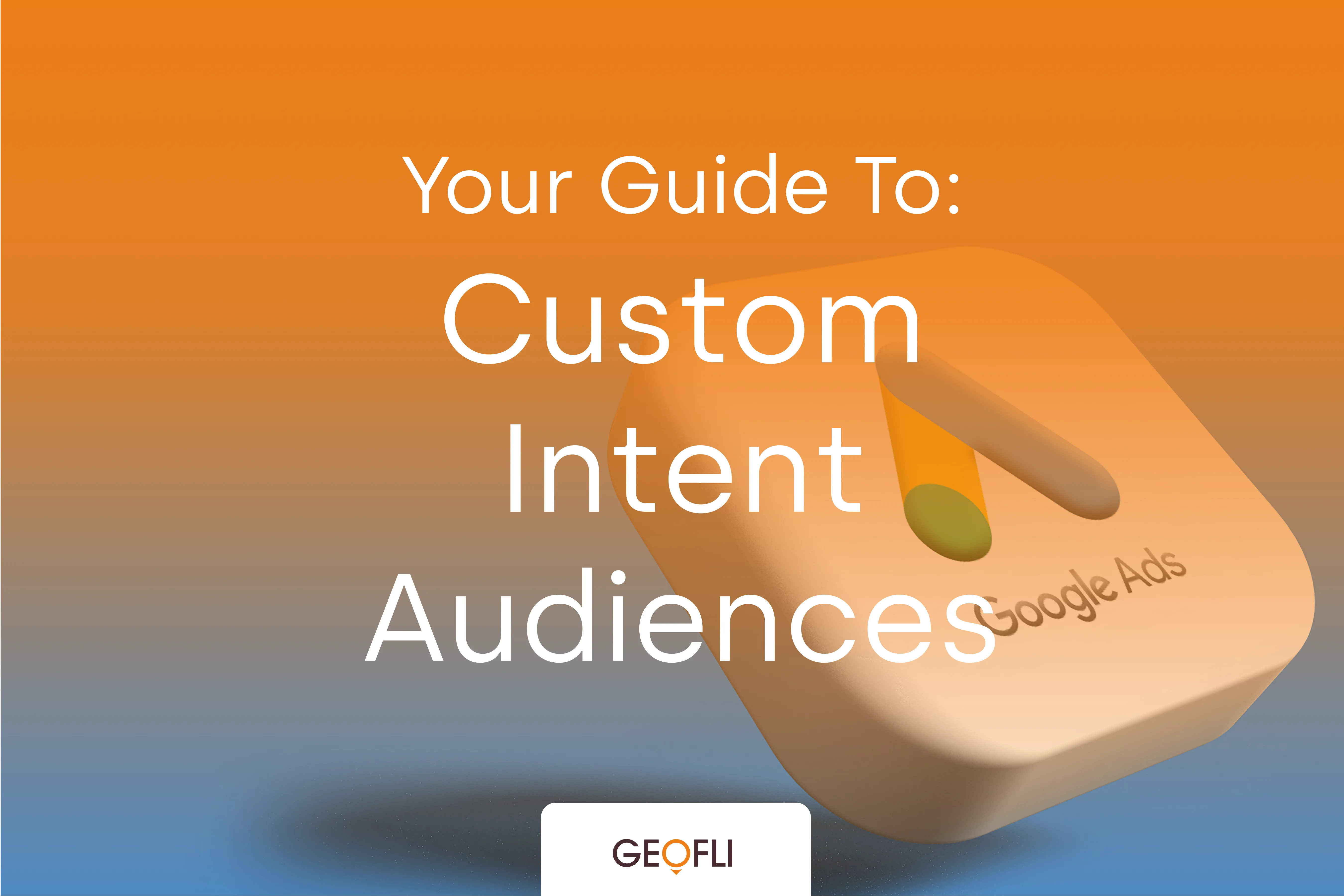
Custom Intent Audiences: Everything You Need To Know
This guide explains how to use custom intent audiences, now called custom segments, in Google Ads. It covers how they work, why they were renamed, and how to set them up and optimize them.

Providing a relevant website experience is taking the place of intrusion, interruption and pop-ups. Display ads have less than a 1% click-through-rate and an even worse conversion rate. Facebook ads are crowding newsfeeds. Communicating to existing website visitors is the key to increasing conversions, improving customer loyalty and achieving your online marketing goals. This article discusses trends, tactics and solutions to the one-size-fits-nobody website.
The image of an admissions team scrutinizing every punctuation, accolade and standardized test score on a prospective student application is one we’ve all seen in movies. Do conversations happen regarding the rigor of college coursework and the ability of applicants to meet those demands? Yet most of today’s admissions teams, university marketing directors and vice presidents for enrollment are responsible for dozens of key performance indicators: improving the academic profile of the university, strategic awarding of scholarship dollars, and to some extent, student retention. But above all, the number to rule them all is that of full-time enrollment.According to CNN Money, since 2010 there has been a decline of more than 800,000 students enrolling at US colleges and universities. According to the Chronicle of Higher Education statistics, for every 100 eighteen year olds, there are 95 four year olds. Some states are impacted more than others requiring a greater emphasis on growing out-of-state enrollment. With the demand for higher education on a slow decline, the future college-bound-population shrinking, and competition for out-of-state and international students reaching an all-time high, increasing enrollment year-after-year is a herculean task.
When you visit a public college’s tuition and fees page, you’ll see a behavioral economics experiment in the wild. There you’ll find in-state tuition compared directly next to out-of-state tuition. Now, regardless of how low the out-of-state tuition is compared to the national average, it will ALWAYS hurt for your out-of-state prospective students to see both dollar amounts compared side-by-side.Imagine looking at a new computer that you love. You’ve tested the features, you’ve read the reviews and you’ve gone from the awareness phase to the decision phase. You’re ready to purchase. The website displays two prices, $800 for anyone with a New York Driver’s License. 2,100 for anyone else. That hurts. It hurts if it’s 1,000 for anyone with a New York Driver’s License and $1,500 for anyone else.
The solution to a one-size-fits nobody website is to personalize content based on location. Someone visiting the tuition and fees page from New York will see all of the great in-state rates and benefits of staying in-state for college. A prospective student visiting from California will see the out-of-state tuition not compared directly to in-state tuition.The Tuition and fees page is a micro example of how location based content replacement is a powerful tool for the agile university marketing and admissions team. Introduce prospective students visiting the University of San Francisco’s website from the Dallas Metro to a currently enrolled student from Dallas:
“I’m studying entrepreneurship in the global epicenter for launching a business. There’s nowhere better to learn first-hand what it takes to start a business.”
-Sara, Dallas, TX
College fairs are an important piece of the marketing and recruitment mix. They’re also resource heavy and can under perform in newer recruitment areas specifically if the college is less known nationwide or regionally. With IP based content replacement, recruitment teams can align their counselor-assigned territories with location specific content. Zach is responsible for all prospective students from the Pacific Northwest. Introduce Zach to any website visitor from that area.
Simple website personalization tools like GeoFli solve another problem, the hoards of impersonal emails, phone calls and direct mail college-seeking students receive. It’s unclear exactly when the shift from tour guide to cold-caller happened in the admissions and recruitment arena, but before long, if you were a high school student age 15 to 18 and you took the PSAT or the ACT, you may want to invest in a bigger mailbox. And you should also think about adding storage to your email provider. Oh and change you should also change your phone number. Search #collegemail on Twitter and you’ll see images of students burning piles of direct mail, filling bathtubs with college viewbooks and documenting those times when they receive 28 letters from 28 different colleges … in the same day.
Deciding on a college to attend is stressful. Consider your own purchasing habits for something as simple as a new phone or a set of tires. You research, read reviews, ask friends and get recommendations. Decisions today are not made from seeing a billboard, opening up a piece of mail or receiving an automated email. Decisions are made through a lot of marketing and real-life touch points. Personalizing the college search based on the location of your prospective student population doesn’t feel like marketing because it connects the website visitor with a familiar face, story or experience.

